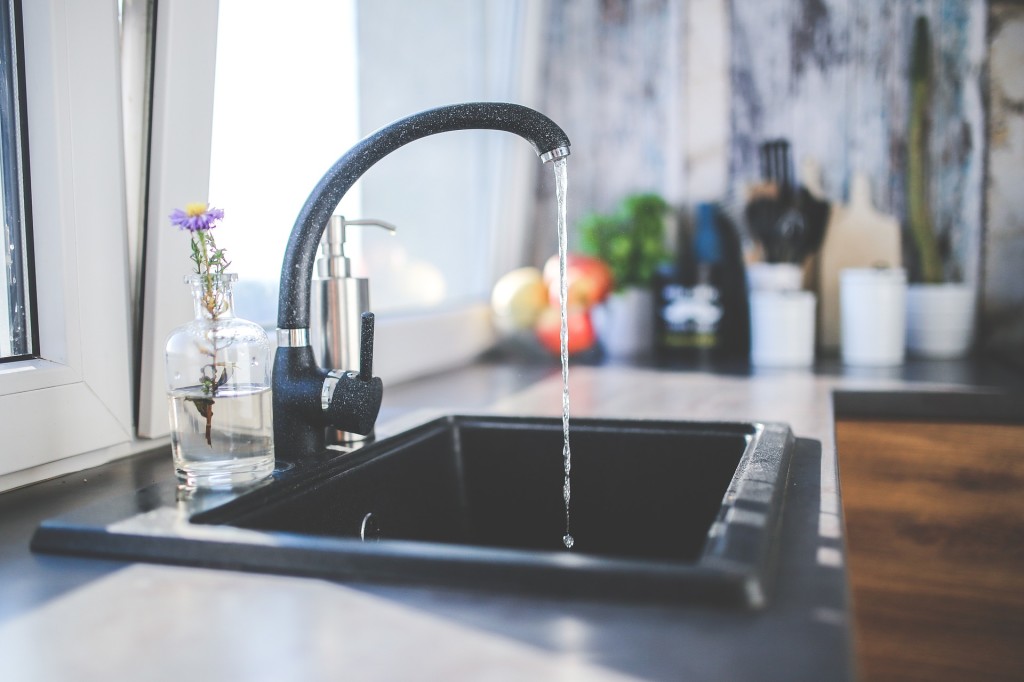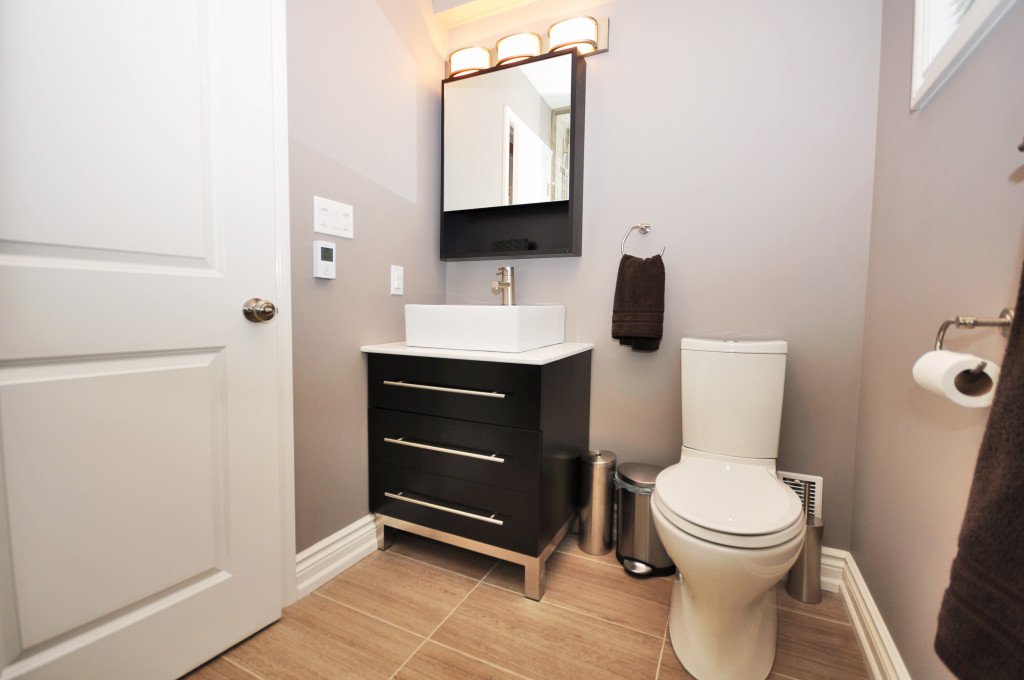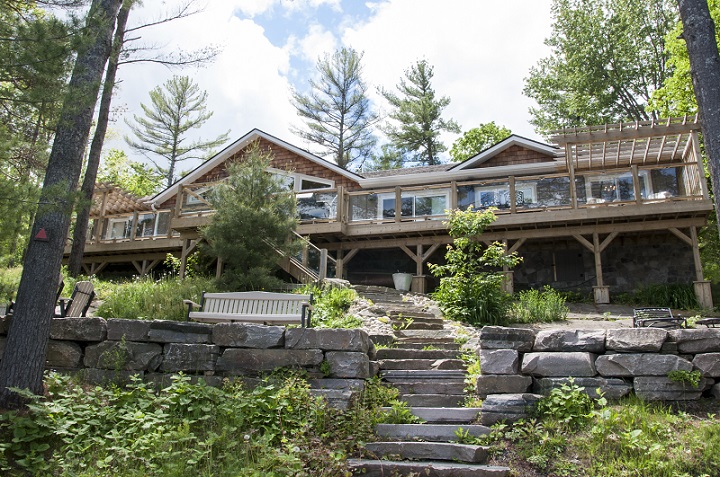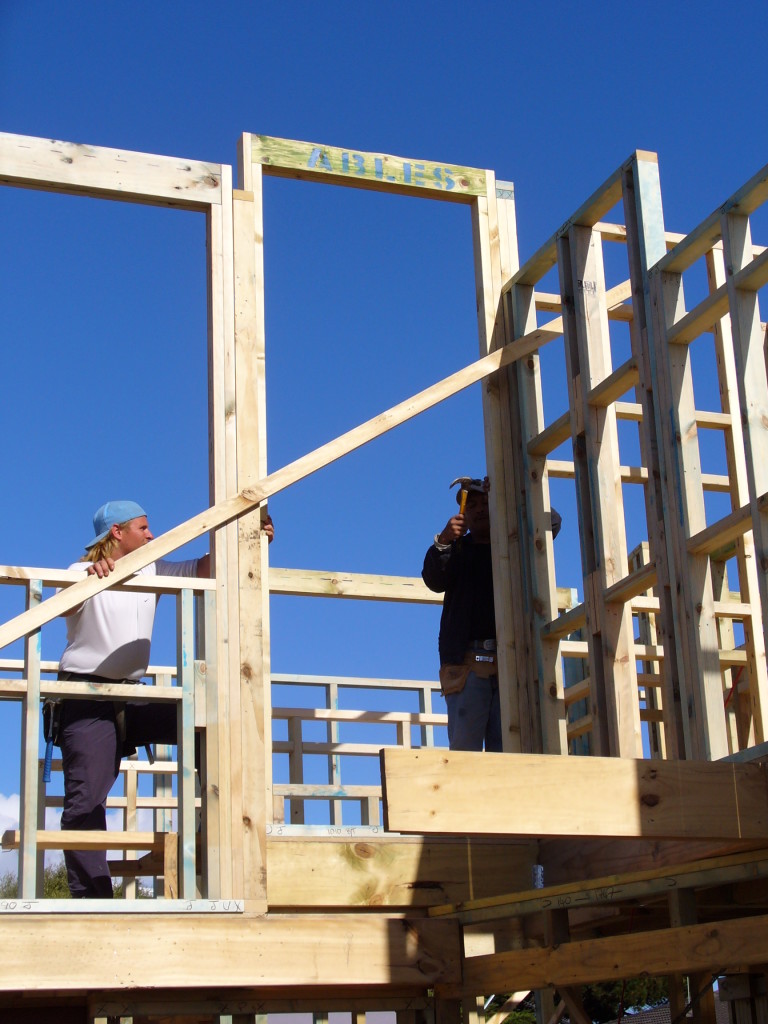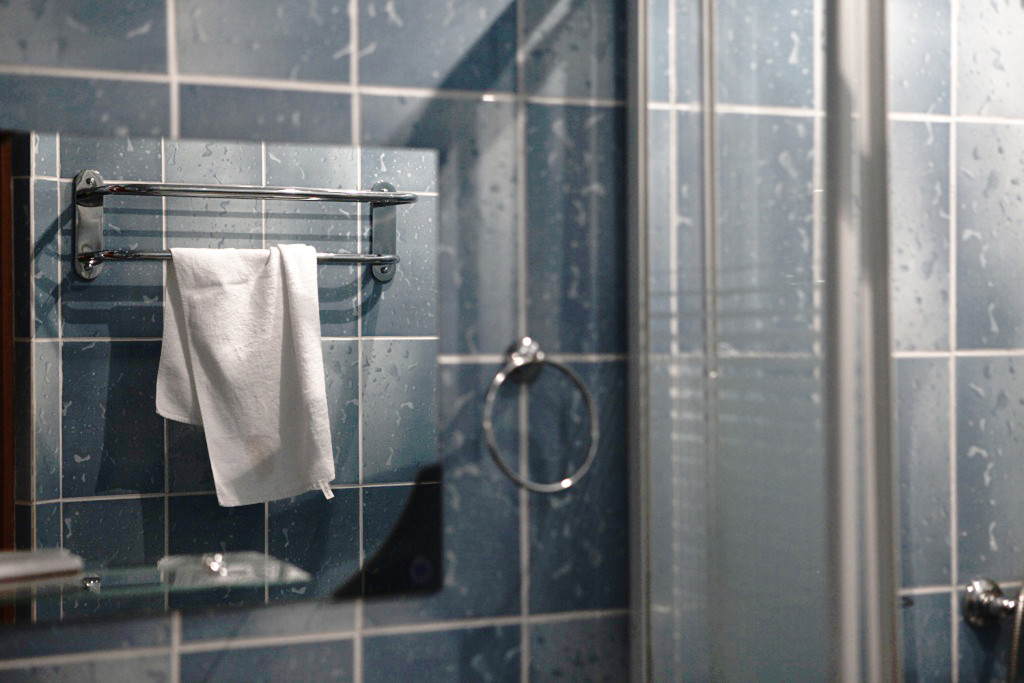Warming Up Your Home
Are you dreading winter because your home is always cold despite the heating bill taking a large chunk out of the monthly budget? Some simple solutions may be all that is needed. If you have tried everything and still get that winter chill, you may want to consider some home renovations to help heat things up. In addition to firing up the fireplace and adding rugs or carpets to bare floors, here are some renovations that might be just the solution you are seeking.
Radiant Electric Floor Heat
Radiant electric floor heat can be a great solution for heating a single area such as a kitchen or bathroom. Laid under the flooring material, the radiant floor heating systems are available for use under tile, laminate, carpet and engineered wood flooring. The system comes in a loose wire style that runs across the floor. Mat systems, where the wires are arranged inside a mat, are also available. Adding the radiant electric floor heating is done in conjunction with replacing the existing flooring. A wall thermostat is used to control the level of heat.
Electric Toe-Kick Heaters
Electric toe-kick heaters fit into the toe-kick space underneath cabinets. They are a good solution for warming chilly feet in a kitchen or bathroom. Electric toe-kick heaters are installed under an existing cabinet by removing the toe-kick panel. Units are controlled by a switch or thermostat. Hot water heating systems are also available.
Cove Heaters
Cove heaters are a good solution for a chilly bedroom or family room. They are radiant panels that emit heat downward. Since there is no fan, the cove heater makes no noise. Mounted near the ceiling, cove heaters are discreet and accidental burns are highly unlikely.
Ceiling Fan Heater
A ceiling fan with a built in heater can circulate warm air around the room. Installed like a regular ceiling fan, they provide even heat over a large area. The ceiling fan heater pumps out warms air and the fan blades circulate the air around the room. In addition, it can be used as a regular ceiling fan in the warm months. The unit can be wired to an existing circuit and comes in manual or remote control models.
Attic Insulation
The amount and R-value of insulation in your attic is an important factor in keeping your home warm. Insulation is rated according to R-value and specific R-values are recommended based on your location. R-value rates the ability of the insulation to resist heat traveling through it. Higher R-values are recommended for cooler climates, while lower values are recommended for warmer climates.
Your home can be a warmer, cozier retreat this winter. Consider some simple renovations to take the chill off this winter and for many winters to come.


